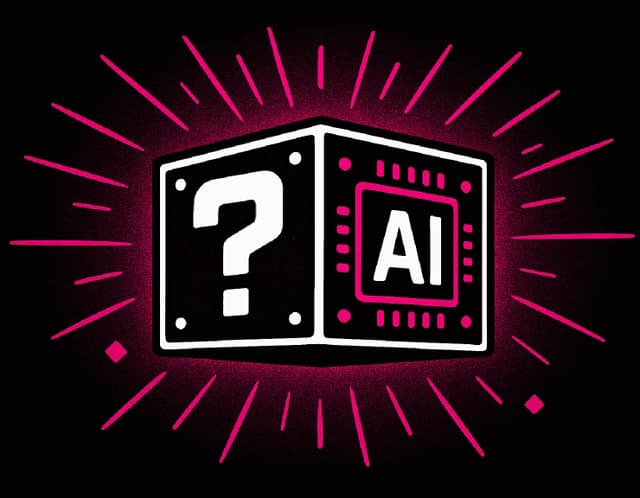YOUR GUIDETO AN AI
YOUR GUIDE
TO AN AI
We Build Mobile Apps,
Web Platforms & AI

for organisations doing serious good in the world. For people, planet, and the missions that matter.
Trusted by the Changemakers
We build technology that matters for some of the world's most impactful organisations.
From disaster response and climate action to mental health and global connectivity, these are the missions we're proud to power with our tech.


AI FOR GOOD
Adoption at a tipping point
AI Adoption
2025 Report
2025 Report


Building With
AI
 AI success isn't about perfect planning, it's about practical, hands-on learning. Pilot quickly
AI success isn't about perfect planning, it's about practical, hands-on learning. Pilot quickly learn from real results, and scale up what works, instead of trying to map out every detail beforehand
learn from real results, and scale up what works, instead of trying to map out every detail beforehand
Changing Millions
Of Lives For the Better!

Since day one, we've built digital products that show up when it counts.
Click It

























